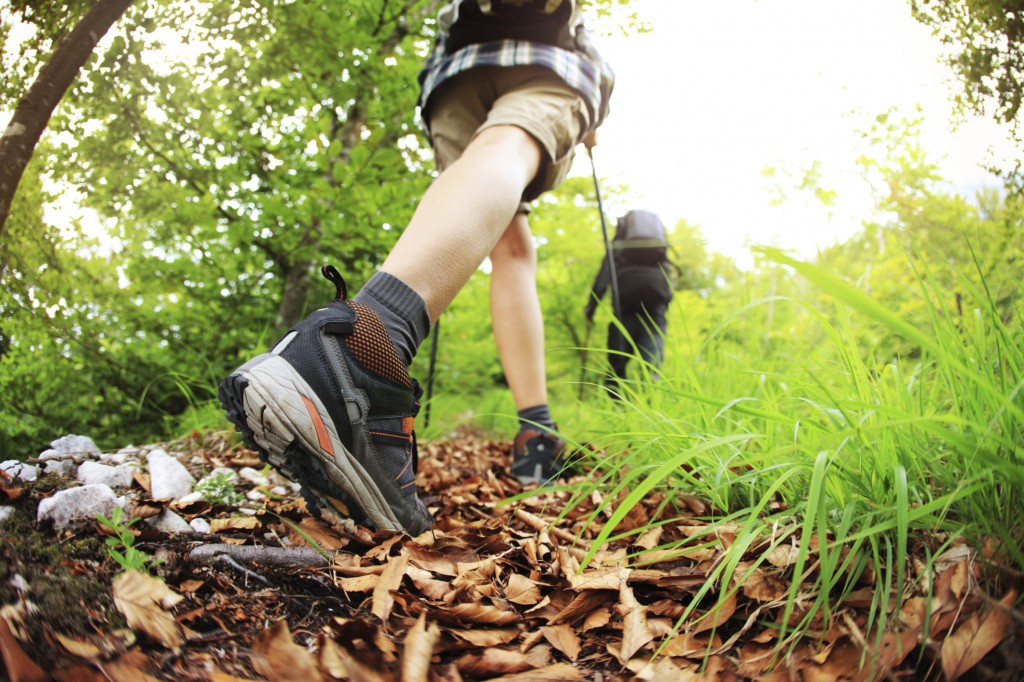Summer Hiking Injury Care
Walking and hiking is a great way to improve your fitness levels as well as getting out and experiencing all that the great British countryside has to offer. But there can be a downside too and that is if you are unlucky enough to injure yourself while out on a hike.
Prevention is the Best Cure
Of course there are ways that you can minimise the possibility of injury. Check the weather forecast before you set out. Many a fall and slip occur during rainy weather when the ground underfoot can be treacherous, resulting in everything from a sprained ankle to a broken leg. Also, wear the right gear, particularly the correct walking shoes. Blisters and chafing are a common result of wearing ill-fitting shoes. Just to be sure, break them in for several days before you set off on your hike. If you decide to carry a backpack be careful not to overfill it and make it too heavy and do make sure you distribute the weight of it correctly. If you become very tired don’t just plough on; stop and rest. Once you get tired you could start to make mistakes and it is easier to fall and hurt yourself in this condition.
It’s the little things
Little things like these can have an effect on how you walk after a certain time. Blisters around your feet and ankles will cause you to shift your weight and may eventually lead to you feeling knee, hip and back pain. Similarly, carrying a bag wrongly or which is too heavy can lead to long-term back, shoulder and neck pain, which may require physiotherapy.
If you know that you are prone to developing blisters, protect them beforehand by putting on blister plasters and take some replacements with you. If you feel a blister developing along the way deal with it immediately. If you twist your ankle stop and apply the R.I.C.E. principles straightaway. It’s a good idea to take Ibuprofen to reduce inflammation. Stop regularly and raise your feet and, if you can, apply cold water.
If your backpack is causing neck and shoulder pain ask someone else to carry it for a while and if you are prone to knee pain carrying trekking poles is a good idea, especially on downhill slopes.
If you do become injured don’t ignore the resulting aches and pains in the hope they’ll just go away as they more than likely won’t! Physiotherapy can be a great help in easing the pain and putting you back on the road to recovery.

